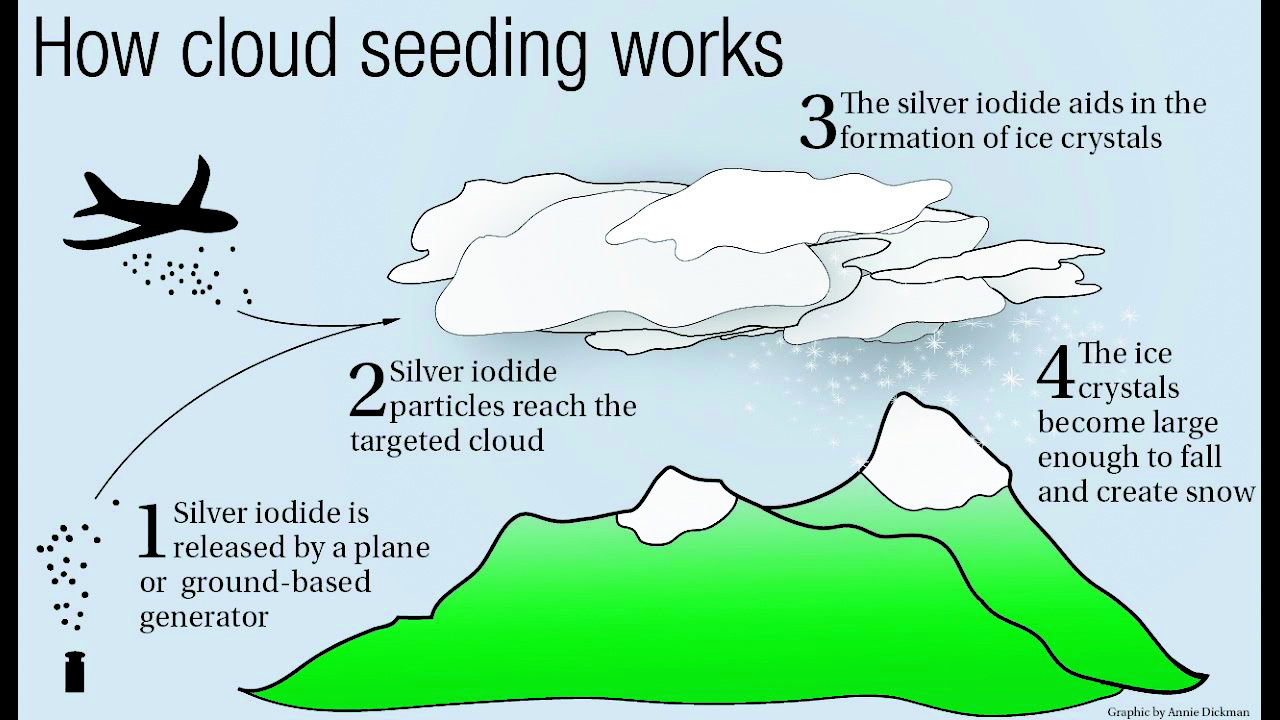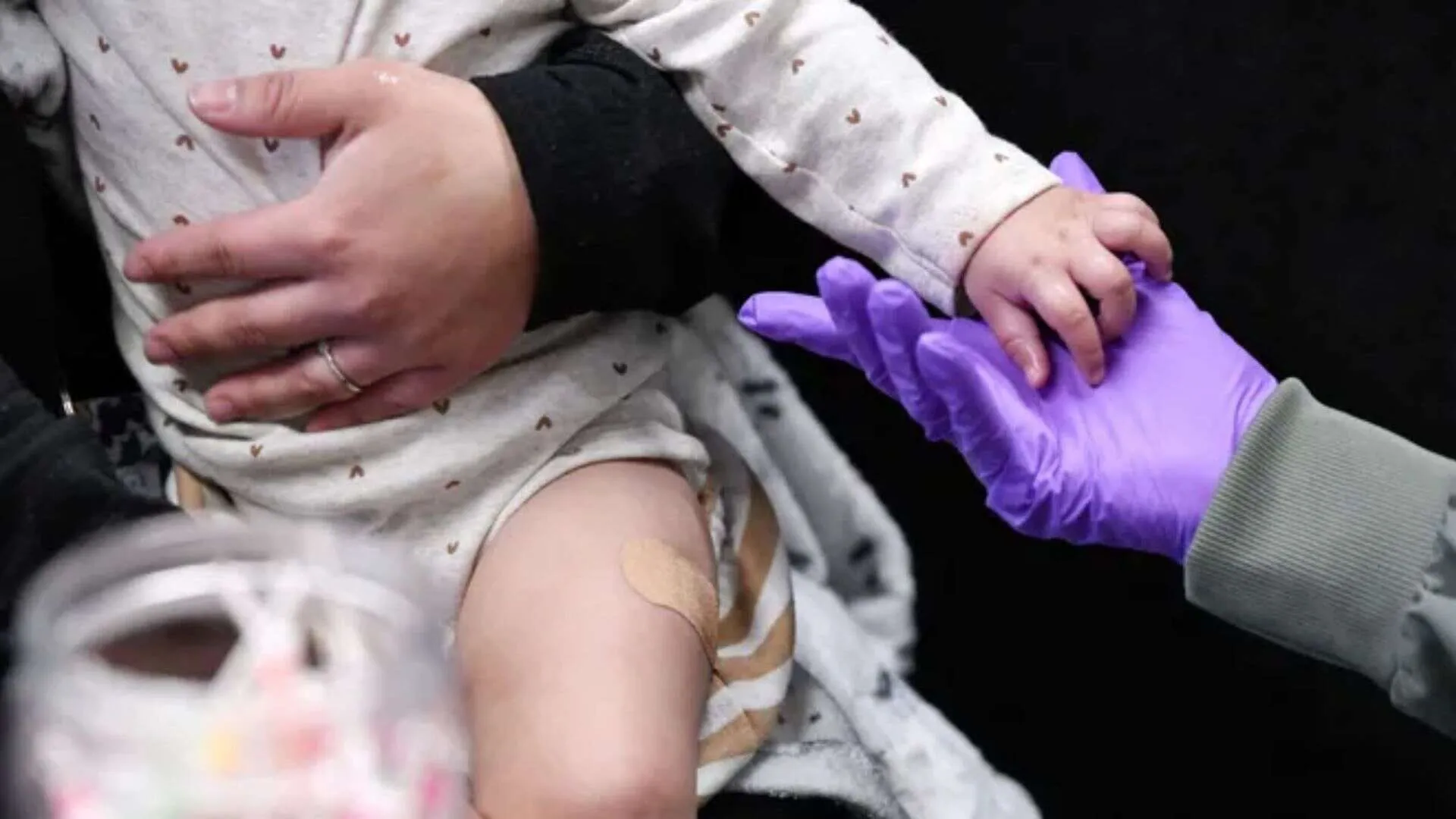Artificial rain, or cloud seeding, has gained prominence as a potential solution to diverse environmental challenges, ranging from drought alleviation to forest fire mitigation and air pollution control. This innovative approach involves the introduction of external agents, such as silver iodide, into clouds to stimulate or enhance precipitation. While the efficacy of artificial rain is still debated among scientists, an essential aspect of the discussion revolves around the safety of this process for human health.
Cloud seeding can be implemented through various means, including aircraft or ground-based dispersion devices. The dispersal of substances like silver iodide into clouds aims to initiate the formation of raindrops. Successful trials worldwide have showcased the capability of artificial rain to simulate natural precipitation, providing potential solutions to water scarcity issues and enhancing air quality by dispersing pollutants.
Silver iodide, the primary agent employed in cloud seeding, is generally considered safe for human health. In cloud seeding operations, a chemical powder containing silver iodide is released into the atmosphere.
It’s important to note that silver iodide has a long history of use in various applications, including photography and medicine, with no significant documented health risks. However, ongoing research remains crucial to comprehensively understand any potential long-term effects of sustained exposure, ensuring that artificial rain operations remain safe for human populations.
While the safety of silver iodide for human health appears promising, concerns persist regarding its potential environmental impact. The dispersal of foreign substances into clouds may raise questions about unintended consequences on ecosystems, water quality, and natural precipitation patterns. Rigorous scientific studies are underway to assess and mitigate these concerns, aiming to ensure that the benefits of artificial rain do not come at the expense of environmental stability. To contextualize the safety of silver iodide further, a comparison with per- and poly-fluoroalkyl substances (PFAS) is informative. Unlike PFAS, which has been linked to various health issues such as cancer, fertility problems, and developmental delays in children, silver iodide used in cloud seeding does not exhibit similar risks. This comparison underscores the relatively favourable safety profile of silver iodide when considering its application in artificial rain.
Artificial rain, particularly the use of silver iodide, shows promise as an innovative tool to address environmental challenges. The safety of this process for human health appears to be well-supported by current knowledge and successful trials globally. Silver iodide, a key component in cloud seeding, has not demonstrated adverse effects on human health in the context of artificial rain operations.
While ongoing research is essential to further refine our understanding of the potential environmental impact, the evidence thus far suggests that responsible implementation of artificial rain can provide substantial benefits without compromising human well-being. As technology advances and our understanding deepens, artificial rain may emerge as a valuable and safe strategy in the broader efforts to address pressing environmental issues on a global scale.
The author is Director & Head- Respiratory, Critical Care & Sleep Medicine at Asian Hospital Faridabad.























